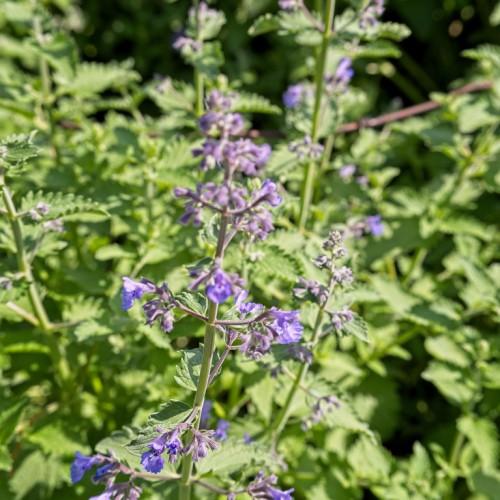
nepeta
Nepeta faassenii
Cycle:
Herbaceous Perennial
Watering:
Minimum
Hardiness Zone:
3 - 8
Flowers:
Flowers
Sun:
Full sun,part shade
Leaf:
Yes
Growth Rate:
Low
Maintenance:
Low
Drought Tolerant:
Yes
Salt Tolerant:
Yes
Care Level:
Medium
watering
Nepeta faassenii requires regular watering for good growth and healthy foliage. You will need to water the plant deeply about once each week during the growing season. If the soil is dry to the touch, it's time to water. During the winter months when the plant is dormant, reduce watering to once every 2 weeks. Keep an eye on the plant, however, and water more often if there is a prolonged period of no rain. Make sure to water at the base of the plant to avoid wetting the foliage, as this can lead to rot and fungal diseases.
sunlight
Nepeta faassenii, otherwise known as Catmint, is a robust and hardy plant species that does best with an adequate amount of sunlight. This plant does best in a location that gets full sun to filtered shade, or at least 5-6 hours of full sunlight every day. If the plant is not getting enough sunlight, it may become leggy and may have fewer blooms. Make sure to avoid placing it in an area that receives too much direct sun in the middle of the day.
pruning
Nepeta should be pruned in late winter or early spring before new growth begins. If pruning in late winter, wait until day temperatures are above freezing. Pruning should be relatively light. Trim off any winter die-back, dead branches or over-long stems. Also shape up the plant by cutting back the sides of the plant to make it bushier, if desired. Remove any flowers that have already bloomed. Make sure to remove all clippings from the garden bed and dispose of them away from the plants.
